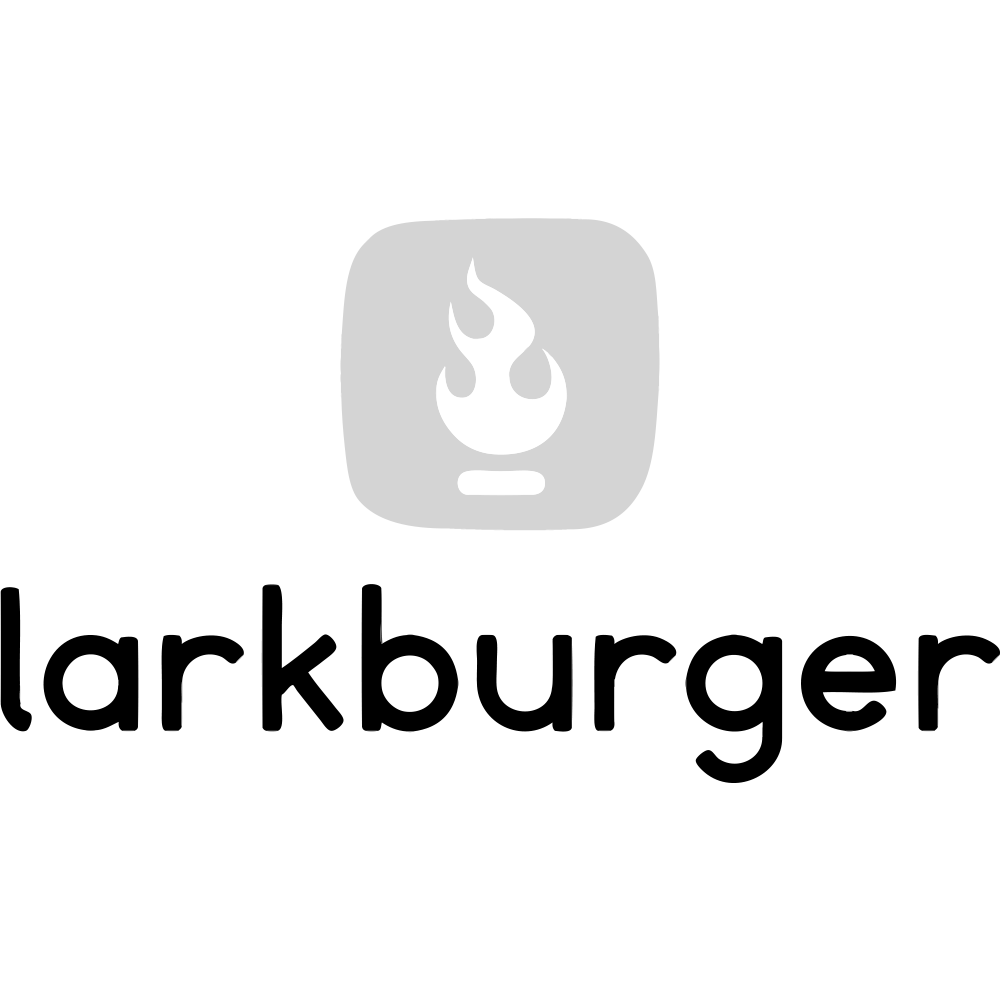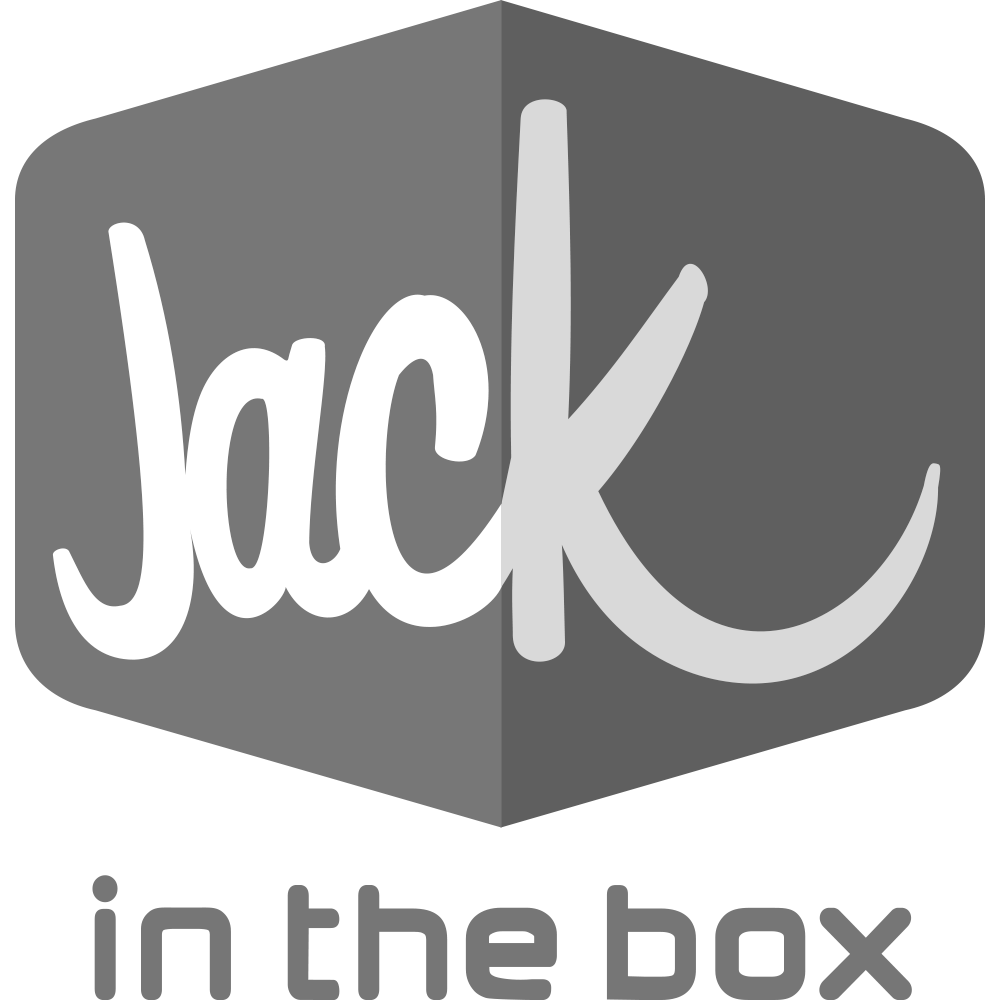HOW TO COMMUNICATE THE BENEFITS OF PLAYERLYNC TO YOUR IT LEADERS
PlayerLync platform saves time, transforms on-boarding into an interactive and engaging experience, and produces a positive return on investment—making it an exciting new training solution for everyone from the executive level down to the employees being trained.
But what about the IT department? They will likely have some justifiable concerns about a taking on new technology.
With implementation, software training, bandwidth, and security issues to consider, this e-book addresses the common issues that IT face when evaluating a new software purchase and will calm any fears they may have about the PlayerLync platform.
Download the eBook








Solutions to Elevate Your People & Processes
Improve Operational Performance
Scale the business, improve performance and drive cost savings using reports that identify the people and processes that make a difference.
Implement Operational Learning
Goodbye back office. People learn faster and retain more when using interactive content in real-world situations. “On the job training” just became “In the job learning”.
Retain & Develop Employees
End back office training and increase employee confidence with modern training experiences and interactive content.
Digitize Operations & Processes
Forms and simple task sequencing functions make collecting data and going paperless easy.
Communicate with Deskless Employees
Deskless employees and field workers are difficult to reach, particularly when they don’t have corporate email.
Access Information Quickly
Video and multimedia clogs networks, impacting mission critical point-of-sale systems or customer internet.
Create & Publish Content Easily
Breathe new life into existing documents by attaching videos. Users can also add real-life examples for content that leaps out of the page.

"As Director of Training, knowing that my teams have the most current, and correct training materials in their hands is paramount to our success. We are a growing concept, and without the consistency that Playerlync brings to our teams across the country it would be tougher than it needs to be."

“93% of the restaurant managers answered “yes” when asked “if you were running the company and it were your decision, would you deploy PlayerLync to all restaurants”. This was the highest score of any shakedown test we had received.”

"It really boils down to efficiencies and manpower. The things that used to take us 20, 30, 40 hours now maybe take us 2 or 3 or 4 minutes. We can deploy those savings to other issues, whether they be other research projects or just other utilization of our manpower."